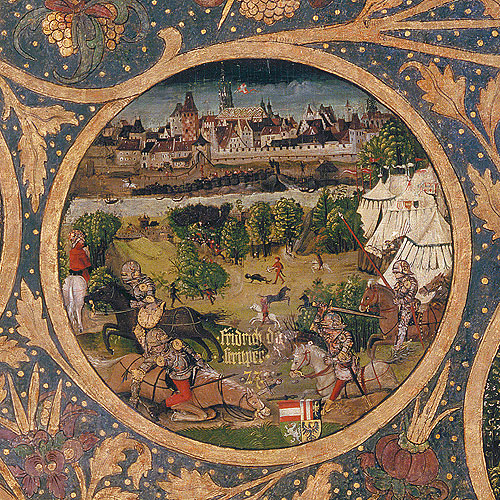
July 1, 1244
Jews had lived in Austria since the tenth century, but due to prolonged periods of insecurity, a significant Jewish community didn’t develop in Austria until the end of the twelfth century. The first mention of a synagogue in Vienna was in 1204. Frederick II, sometimes known as “Frederick the Belligerent” or “Frederick the Warlike,” succeeded his father as duke of Austria in 1230. A militant leader, Fredrick spent the first years of his reign leading military excursions against neighboring lands. His aggressive policy led him into conflict with the Holy Roman Empire, but gradually this relationship improved. In 1244, the duke issued a charter extending rights to Jews. His goal was to build the region’s economy. The charter encouraged Jewish money-lending and Jewish migration to an outlying area. It also guaranteed Jewish safety and protection stating, “If a Christian should inflict any sort of a wound upon a Jew, the accused shall pay to the duke twelve marks of gold which are to be turned in to the treasury. He must also pay, to the person who has been injured, twelve marks of silver and the expenses incurred for the medicine needed in his cure.”
The charter was the first instance of a territorial ruler claiming the Jews as his own subjects. It became a model for similar charters extending rights to Jews throughout Europe in the Middle Ages. The charter remained in effect until the Jews were expelled from Austria in 1420.
Read the complete charter at the Fordham University Jewish History Sourcebook: http://www.fordham.edu/halsall/jewish/1244-jews-austria.asp
